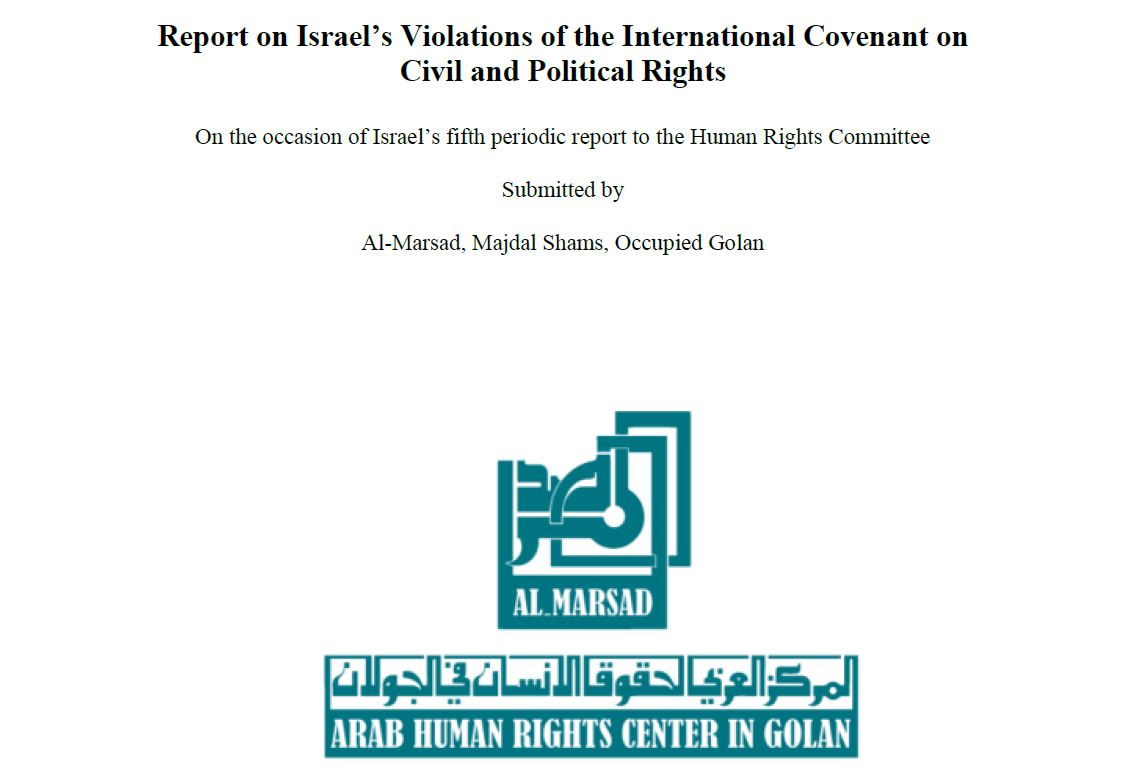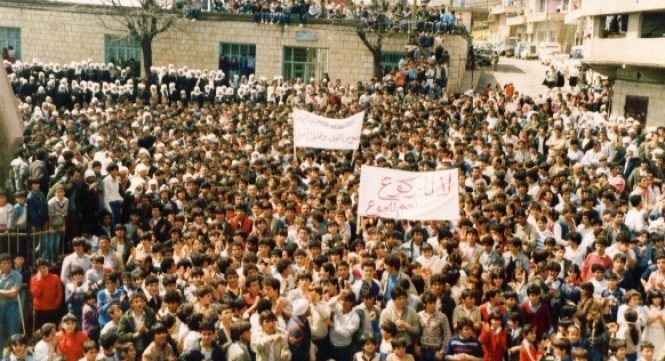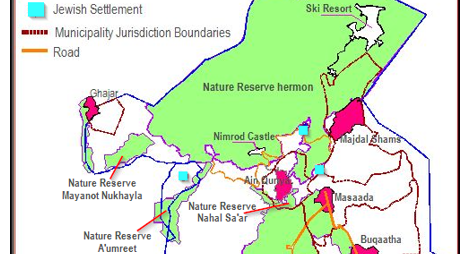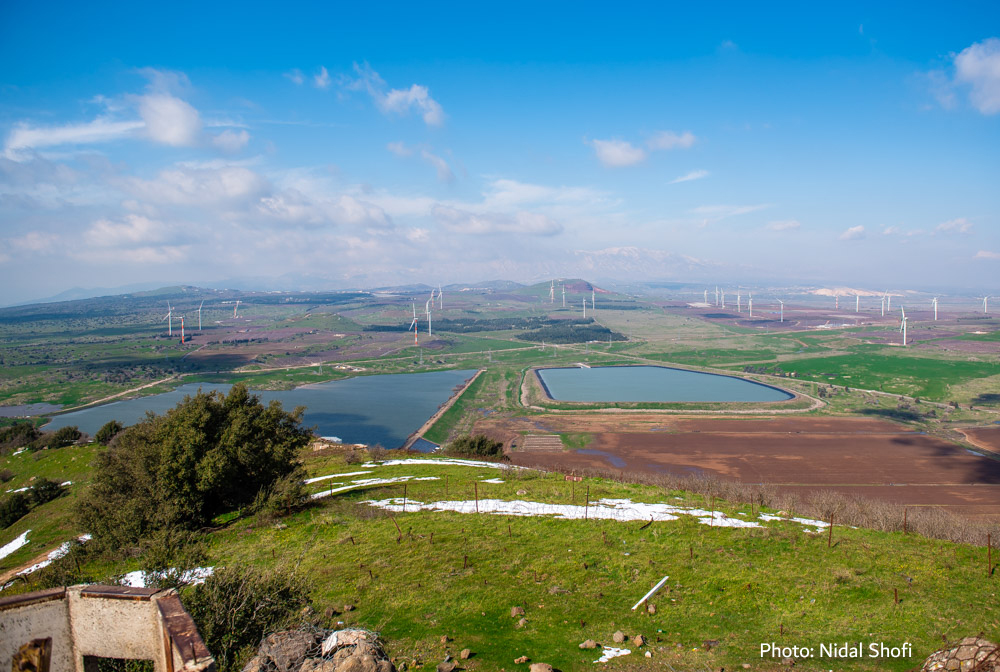
Names of the Syrian villages in the Occupied Syrian Golan destroyed by Israel
Following condemnation of Google for the disappearance of the names of the Occupied Palestinian Territories from Google Maps, Al-Marsad reiterates its call for Google Maps to show the names of the Syrian villages in the Occupied Syrian Golan destroyed by Israel.
In June this year, Al-Marsad wrote to Google requesting that it amend Google Maps to show the names of the Syrian villages destroyed by the Israeli military in the Occupied Syrian Golan since Israel’s occupation in 1967.
Al-Marsad has been informed that Google Maps previously showed the names of the destroyed Syrian villages in the Occupied Syrian Golan - however, this is no longer the case and Google Maps now only shows the names of the illegal Israeli settlements built on their ruins.
By only showing the names of illegal Israeli settlements, Google has become complicit in Israel’s attempts to delete the existence of these villages from history. Instead, Google must take an objective approach, in line with international human rights law and international humanitarian law, and stop supporting Israel’s narrative of the landscape of the Occupied Syrian Golan.
Al-Marsad has not yet received a response from Google.
During the 1967 Arab-Israeli War, Israel captured 70% of the Syrian Golan. Consequently, an estimated 130,000 native Syrian inhabitants were forcibly transferred or displaced from their homes and forbidden from returning. The Israeli military then began a widespread campaign to demolish their homes that resulted in the destruction of two cities, and over 300 villages and farms.
Israeli settlements – illegal under international law – were then built over destroyed Syrian villages and farms, in so doing, control was taken of the land and natural resources.
These actions by Israel violate multiple rules of international law and have been strongly condemned by the international community.
Today, there are at least 20,000 Israeli settlers in the Occupied Syrian Golan, living in over 32 illegal settlements – often built using the stones from destroyed Syrian villages.
Dr Nizar Ayoub, Director of Al-Marsad, commenting, said:
“Google must take immediate action so that its maps include the names of the destroyed Syrian villages. Google and other businesses have an obligation to ensure they are not complicit in Israel’s illegal occupation of the Syrian Golan.”
ENDS
Al-Marsad is an independent, not-for-profit, legal human rights organisation – it is the only human rights organisation operating in the Occupied Syrian Golan.
For additional information, please contact marsad@golan-marsad.org or researcher.almarsad@gmail.com
Releated Posts





